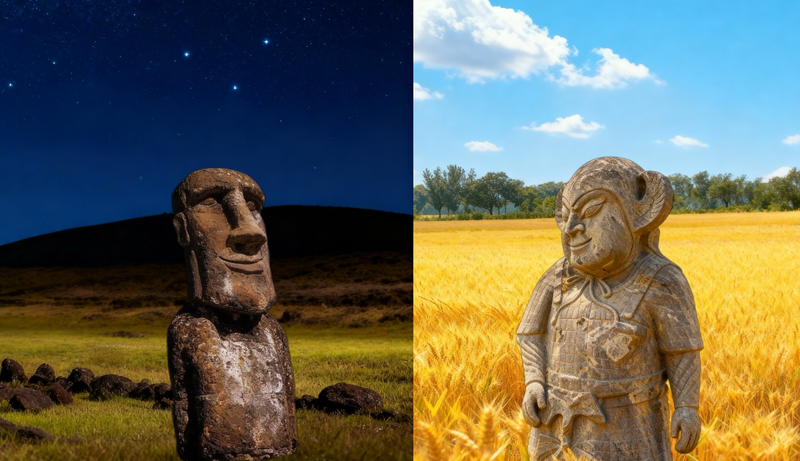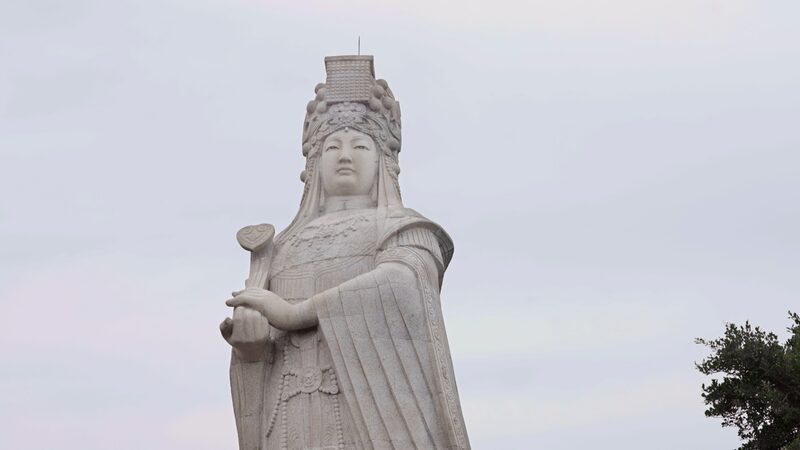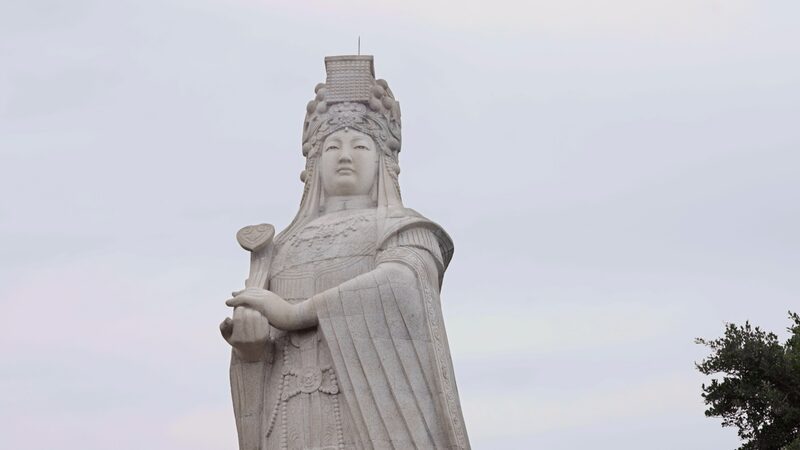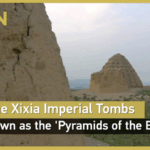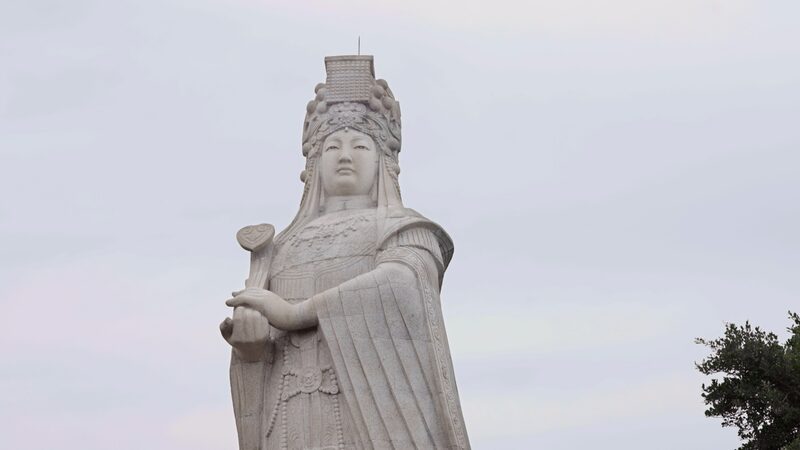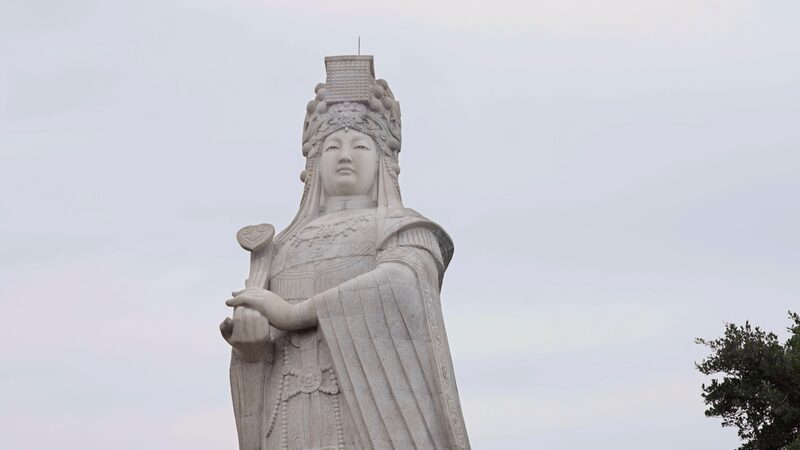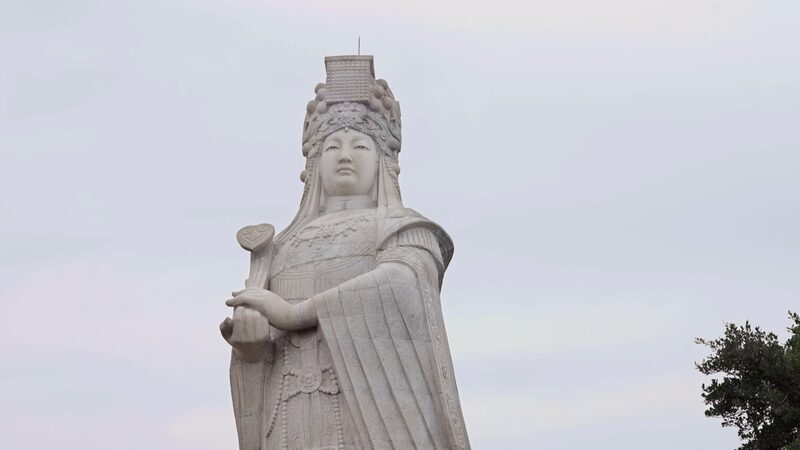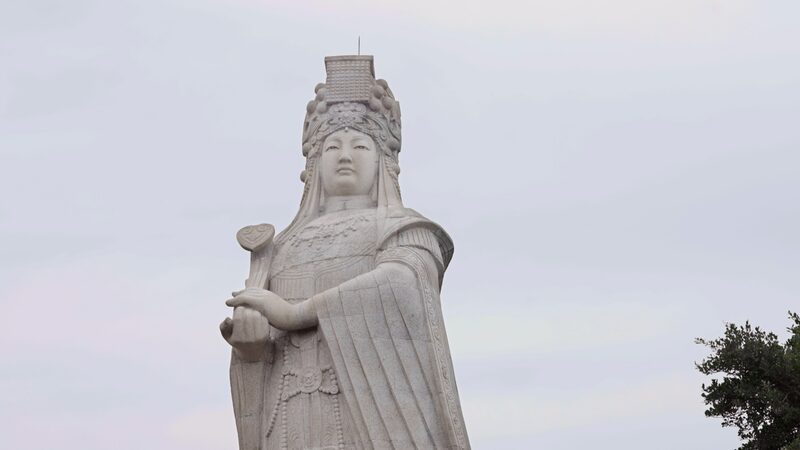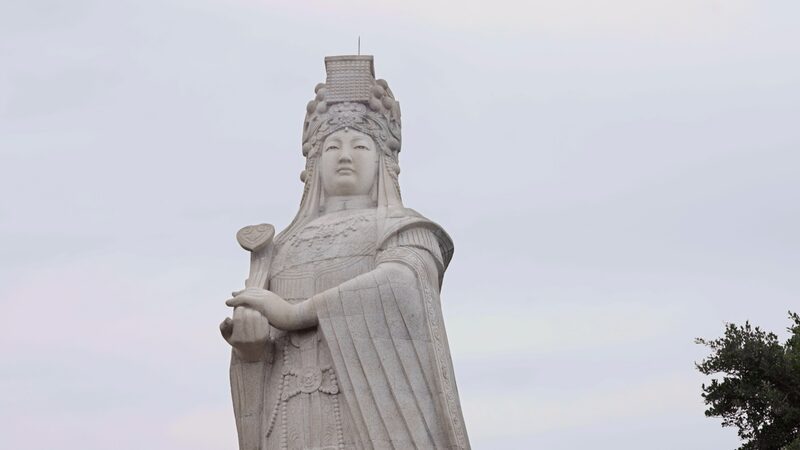In an imaginative cross-cultural exchange spanning centuries and continents, Chile's iconic Moai statues and China's Northern Song Dynasty stone guardians have emerged as unlikely counterparts in a tale of historical preservation and enduring mystery. Separated by 16,000 kilometers of ocean, these stone sentinels now spark conversations about shared human heritage.
Guardians of Time
From Chile's Easter Island, the volcanic stone Moai – carved by Rapa Nui artisans between the 10th-16th centuries – continue to guard their island with inscrutable gazes. Meanwhile, in China's Henan Province, the 1,000-year-old 'Big-Eared General' stands vigil over Northern Song imperial tombs, its broad ears symbolizing ancient wisdom.
Parallels in Preservation
Both stone figures share remarkable similarities beyond their age:
- Cultural endurance through political and environmental changes
- Modern transformation into global tourism landmarks
- Persistent archaeological mysteries surrounding their creation and purpose
While the Moai's transportation methods remain debated, China's stone guardians showcase advanced quarrying techniques from the Song Dynasty's golden age of arts and sciences.
Silent Storytellers
These ancient monuments now serve as bridges between civilizations, attracting scholars studying pre-Columbian Pacific cultures and researchers analyzing Song Dynasty funerary practices. For travelers, both sites offer visceral connections to humanity's shared impulse to create lasting memorials.
Reference(s):
Trans-Pacific chat: Chile's Moai meets China's 'Big-Eared General'
cgtn.com
